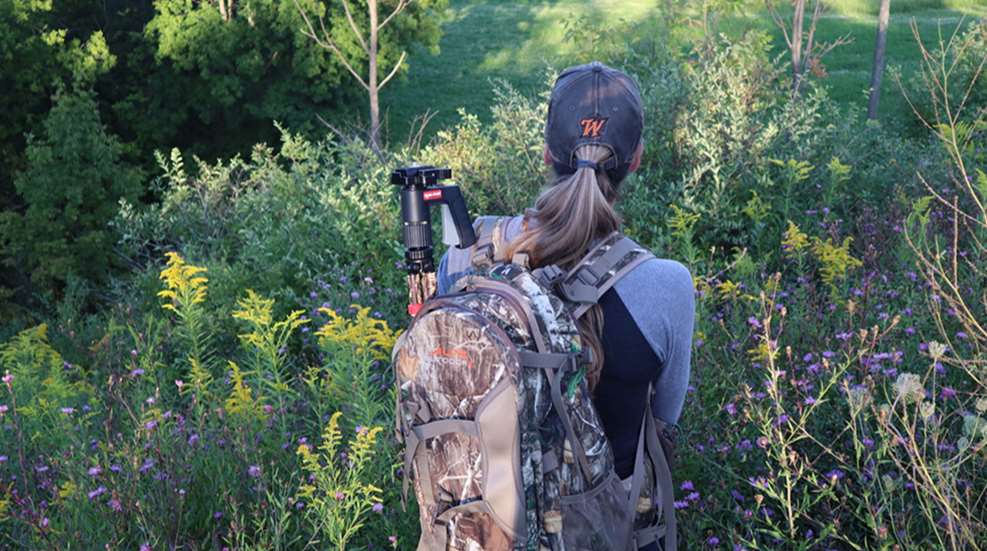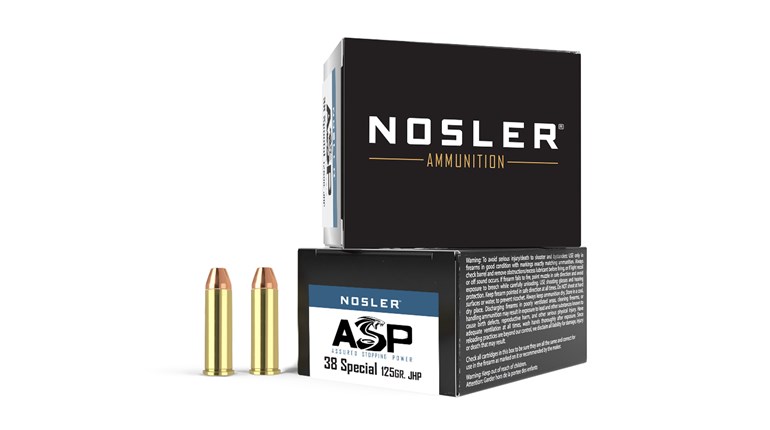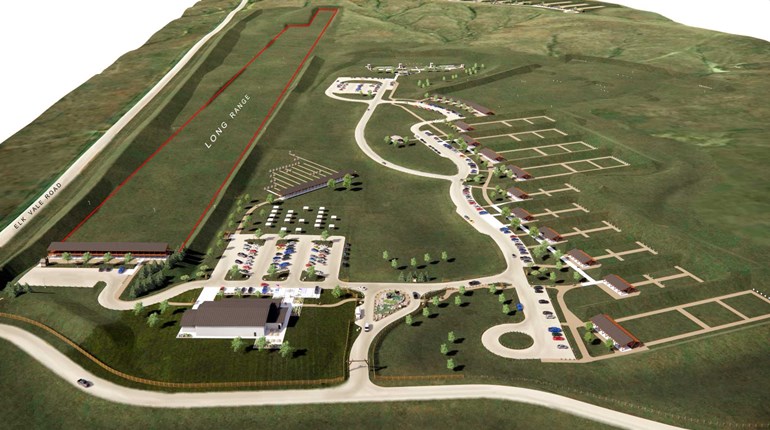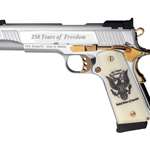
The nights are lengthening and cooling ... all the better for sweet dreams of whitetail season. NRA Women contributor and Winchester Ammunition ambassador Nikki Boxler is having those same dreams, and she has some terrific advice that you can put into practice as soon as dawn breaks and you wake. That’s because your November success starts now, in the pre-season. Here’s what Nikki recommends.
Turn some money into noise.
There really is no substitute for putting in some range time with the gun and ammunition you intend to use to hunt. Says Boxler, “Knowing your gear and having confidence in the shot you are making are HUGE. We never really know what is going to happen in the field, so knowing your limits, understanding ballistics and practicing/ensuring lethal, ethical shots is a MUST.”
The upshot (so to speak)? You really can’t waste time or money making sure your gun, rest, optic and ammunition are working together the way they should. Boxler recommends using a bench and lead sled for dialing in your optics, but once you’ve done that, it’s time to try to simulate real-world situations using your shooting sticks or whatever field rest you prefer.
“Not only is it important to be confident in the shot but also to make sure to use a correct ammunition/gun combination for the species you are hunting,” continues Boxler. “Winchester makes this easy by designing ammunition specifically for its intended use and labeling them as such. For example: Expedition Big Game is the go-to-choice when hunting larger animals with thick hide. Deer season XP is the top choice for dropping deer in their tracks; Varmint X for lethal shots on varmint and predators.”
Turn some shoe leather into tracks.
It’s really tough to hunt deer if you don’t know where they are. The preseason is the perfect time to figure that out, and it will set you ahead of the other hunters that are expected to be joining you in the field in record numbers this year. You’ll want to head out to the area you intend to hunt and just ... spend some time exploring.
You’re looking for two things: where the deer bed down, and where they go to feed. Look for the food sources that deer love best: clover, crops like soybeans, corn and apples, acorns and more. Also look for tall grass/medium-thick brush where they might be bedding—sometimes, early in the morning, you can see their recently vacated bedding spots outlined in dew. The place where you’re going to want to look for those deer when the season arrives is between the bedding and feeding spots.
Yes, that can be a tall order, especially if you have to travel a good distance to get to your hunting area. Says Boxler, “If you are unable to sit back and glass an area as often as you would like, setting up trail cameras is a great option as they can do some of the scouting for you. That way when you do have time you can pull cards and scroll through photos at your leisure.”
Turn some sweat into success.
Says Boxler, “Going the extra mile to have setups ready will save you from making mistakes and being forgetful in the field. When preparing for the season ahead, I like to set up stands and blinds in advance along with the necessities I may need.” (In some areas, depending on whether the land is public or private, you may not be permitted to set up stands in advance. Always look up your local laws before doing extra pre-season prep!)
If you can’t do that, you can usually clear shooting lanes. All that means is that you set yourself up where you intend to sit, and look around at the possible shooting avenues. A little brush-clearing may be in order, so don’t forget your axe.
Want to read more great tips from Nikki Boxler? Don’t miss her blog on Winchester.com!















































